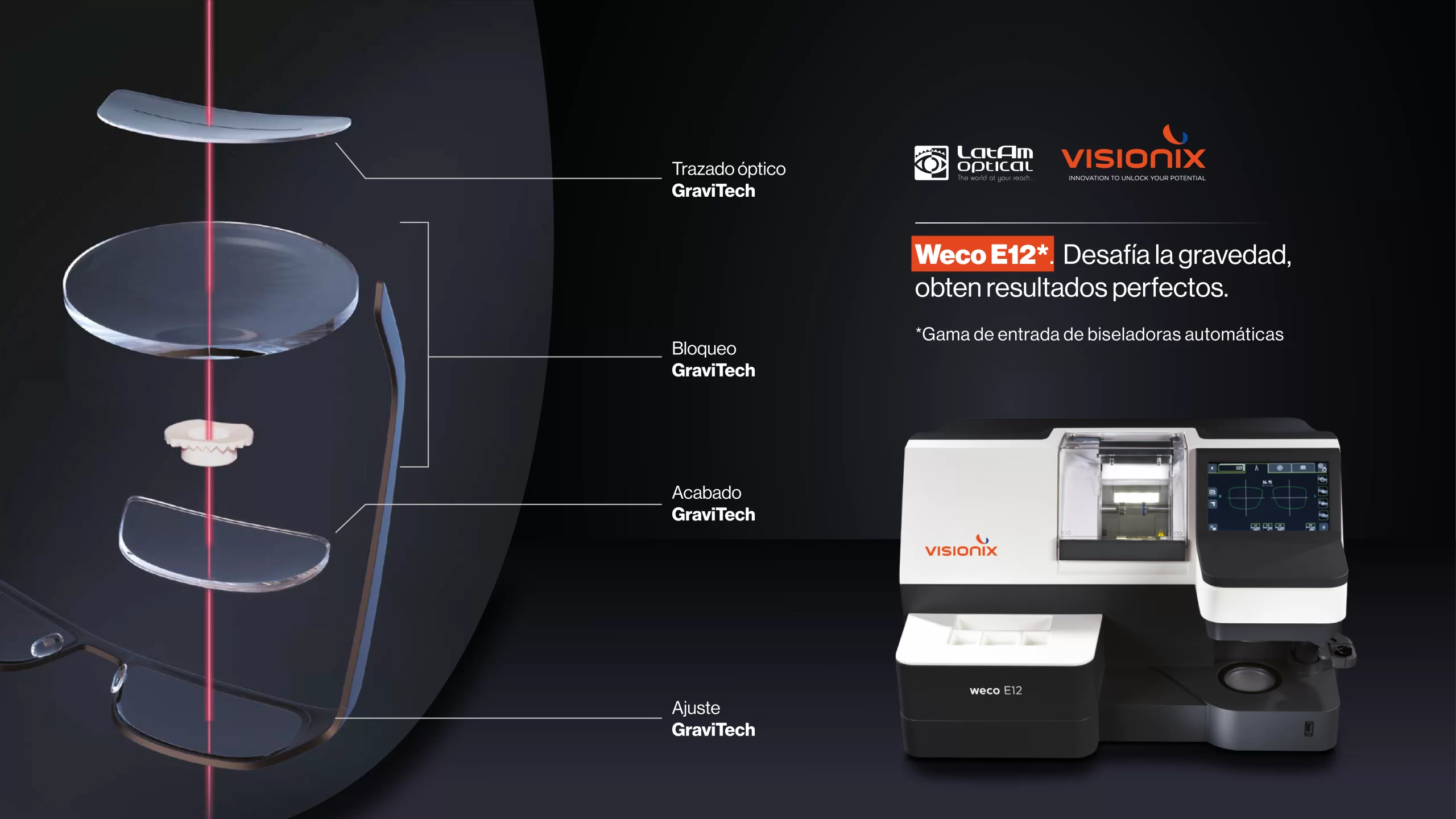Text by: Gabriel Guzman
Since prehistorical times the human eye have evolved to become what we now can describe as a hybridized optical design. Let’s explain this further. When our eye fixates on an object of interest, it never stands still for a long time. In fact, it engages in a fast push-pull movement in order to provide the best focused image of the intended target. And this is when we start talking about single vision lenses.
Unlike our ancestors, we now prioritize a sharp central vision that is combined with motion-sensitive side vision, wherein our eye reacts to changes in light and movement and also where the single vision lenses come to the field.
As its name says, when we talk about single vision lenses we are referred to a lens that has one focal length so they have one prescription for the whole piece, and they are normally destined to people under 40 who are either short-sighted (myopic) or long-sighted (hyperopic) and used for general purpose, as they are more likely to have just one type of visual requirement.
So, for example, if you couldn’t see the TV from the sofa or the table that is on the other side on the living room, you’d probably need a pair of glasses with a single-vision prescription so you could see your favorite TV program properly.
But what happens when we surpass the age of 40? When our eyes start to lose their ability to focus near objects (known as presbyopia), single-vision glasses can be used to help with reading and some close-up tasks. Nevertheless, there are other problems that they are able to correct, such as:
- Double vision
- Glares or halos around bright lights
- Headaches
- Eye fatigue
- Eye soreness
What are the benefits of wearing single vision lenses?
Nowadays, we can count of one of the best material in the market, called MR™ which allows you to have not only a thinner and more fashionable pair of glasses, but you can also feel relieved of any fear of caring heavy weight over your nose, due to its low specific weight. But what about that common thought of accidentally letting your glasses fall down? Never mind! They have a high resistance to impact.
Beyond restoring your ability to see clearly, there are other plenty of benefits of wearing single vision lenses:
- This type of lenses may boost the quality of your life with improved visual health and acuity.
- Single vision lenses can help relieve you of eye strain and ensuing fatigue and migraines.
- Like all types of eyeglass lenses, they can help you protect your eyes from impact, trauma and common irritants like dust, sand and insects.




